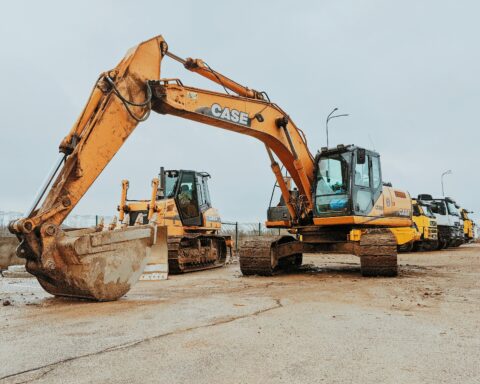The U.S. Space Force (USSF) has chosen Texas A&M to lead a new institute dedicated to researching and developing technologies to advance the government’s capabilities in space. Backed by $37.6 million in federal funding, Texas A&M will lead the Space Strategic Technical Institute for In-Space Operations (SSTI-ISO), centered around the Texas A&M RELLIS campus in Bryan.
The Texas school is one of two institutions tapped by Space Force to carry out SSTI research. USSF issued a separate $12.3 million award to the University of Cincinnati.
The USSF is establishing a pair of SSTIs to address space and technology challenges via a network for partnered universities, with the goal of developing “transformational space domain technology breakthroughs,” according to a federal overview. “It is highly desired for the research to lead to testbeds, high fidelity modeling and simulations, demonstrations, and prototypes.”
The SSTI-ISO will develop research for advances in Space Access, Mobility, Logistics (SAML), which fall under the umbrella of In-Space Operations. As the lead university, Texas A&M officials said the majority of testing will be performed in a dual spacecraft testbed located on the RELLIS campus.
The initiative carries the backing of aerospace industrial partners including Northrup Grumman, Lockheed Martin and Blue Origin —all of whom have signed support letters for the project, Texas A&M officials said.
The five-year research mission will be headed by Texas A&M alum Dr. Robert Ambrose, a mechanical engineering professor and director for Space and Robotics Initiatives at the Texas A&M Engineering Experiment Station (TEES).
The effort is in partnership with the Air Force Research Laboratory, and will focus on acquiring spaceflight experimentation technologies and advances in the fields of signal, energy and transportation in space.
Researching robotic servicing and associated modeling and simulation and developing testbeds will serve research focus areas, USSF officials said in a release. CubeSat berthing and refueling technologies, developing constructive operations, large-scale in-space assembly and debris mitigation will also serve as focal points.
All news and information on this site is provided by the team at Strategic Partnerships, Inc. Check out this short 1-minute video that provides a quick overview of how we work with clients.













